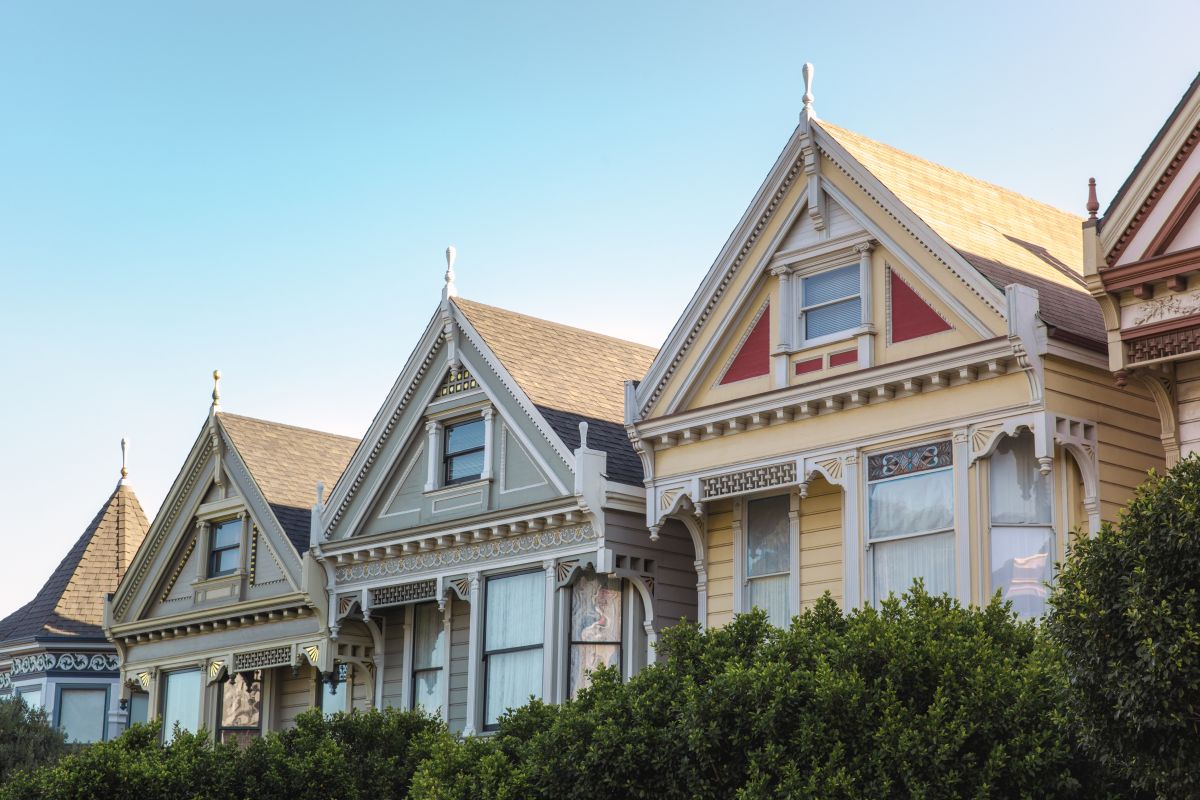When choosing a new place to live, safety tops the list of concerns. Whether you’re moving with your family, starting a new job, or investing in property, your environment shapes your daily life. One clear example lies in Denver, Colorado, a vibrant city with a population of over 700,000.
Known for its thriving tech industry, outdoor lifestyle, and breathtaking mountain views, Denver attracts residents from all walks of life. Yet even in such a dynamic city, pockets of safety differ significantly from one block to another. Locals usually refer to the safest neighborhoods in Denver when making smart housing decisions.
This article highlights the key signs that signal a secure neighborhood and reveals practical methods to evaluate any area before you commit.
Check Crime Data From Credible Sources
Begin your research by visiting local law enforcement websites or utilizing crime mapping platforms. These sources display detailed crime categories, dates, and locations. Focus on trends over the past year rather than isolated reports.
Areas with consistently high numbers of assaults, thefts, or burglaries warrant caution. Compare the neighborhood’s statistics to city or state averages to gain perspective. Maps showing decreasing crime rates suggest improving safety.
Visit at Different Times of Day
Safety doesn’t reveal itself through numbers alone. Visit the neighborhood during the morning, afternoon, and after dark. Pay attention to lighting, foot traffic, and general atmosphere. Streets that stay active with walkers, joggers, and families feel more secure.
In contrast, deserted sidewalks, dim streetlights, or suspicious loitering may indicate potential issues. Observe how people interact, relaxed body language, and friendly exchanges suggest a more welcoming, secure environment.
Speak With People Who Live There
Conversations offer real insight. Talk with residents sitting outside or walking their pets. Ask them how they feel about their area and if they’ve noticed any recent incidents. Most people speak honestly when asked directly.
Their tone, confidence, and willingness to share reflect their level of comfort. If multiple people give positive impressions and express a sense of pride, that’s a strong indicator of neighborhood safety.
Assess Property Maintenance and Cleanliness
Take a close look at the condition of homes, sidewalks, and public areas. Well-kept lawns, freshly painted houses, and clean streets reflect a community that values its surroundings.
These signs show that people take pride in their environment, which correlates with lower crime rates. On the other hand, vandalism, broken windows, and litter hint at neglect, and where neglect appears, crime tends to follow.
Examine Police Presence and Emergency Access
Proximity to police stations, fire departments, and hospitals plays a significant role in response time. A visible police presence or security patrol boosts confidence in public safety.
Notice neighborhood watch signs, cameras on homes, or gated entries. These measures reflect active safety efforts. A community that invests in crime prevention usually experiences fewer incidents.
Look Into School Quality and Family Infrastructure
Even if you don’t have children, school ratings tell a lot about an area’s overall health. Strong schools typically sit within stable, safe neighborhoods.
Public parks, youth centers, and libraries also indicate family-friendly environments. These spaces create natural supervision and promote community engagement. Neighborhoods that support young families usually keep a closer eye on public safety.
Drive Through Nearby Commercial Zones
Check out the surrounding areas where locals shop, dine, or gather. Businesses in safe neighborhoods tend to stay clean, well-lit, and welcoming. Pay attention to foot traffic and general activity.
Thriving commercial areas reflect a safe and invested community. If shops appear abandoned or boarded up, that signals deeper issues with security and maintenance.
In summary, every safe neighborhood shows signs if you look and listen closely. Crime statistics tell part of the story, but the people, conditions, and energy complete the picture. Trust your instincts, stay alert, and combine complex data with lived experience.

